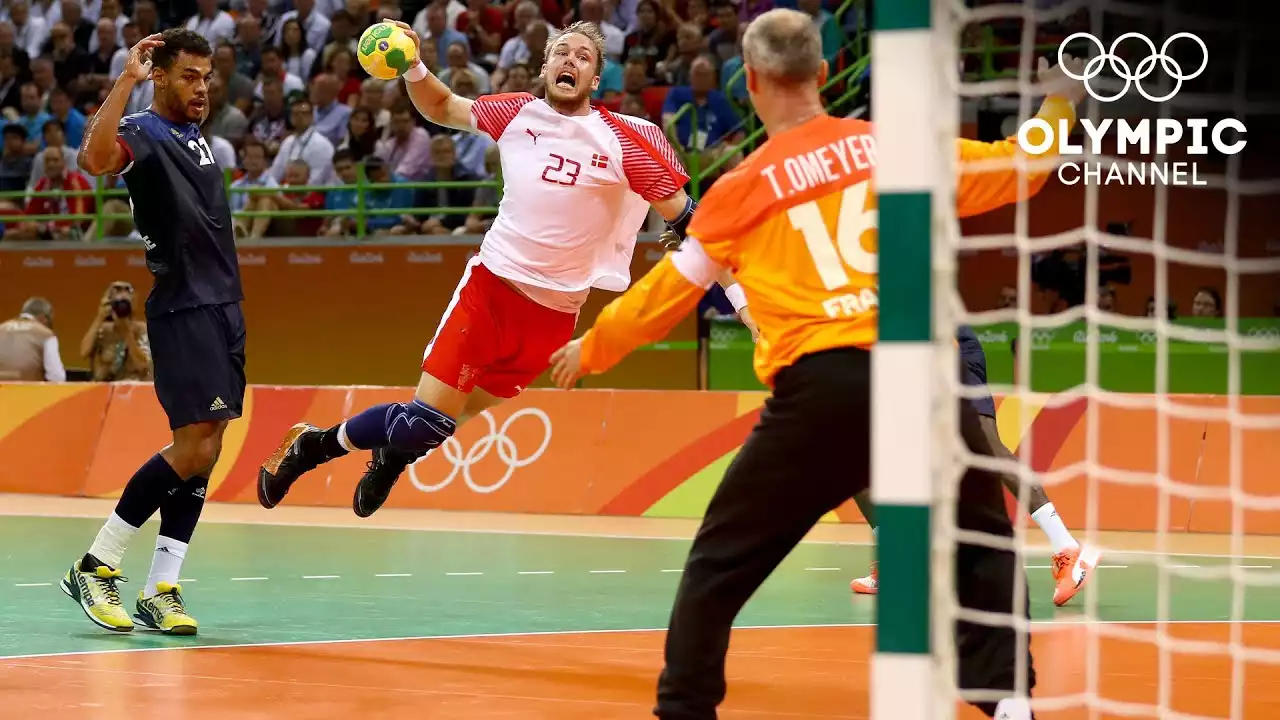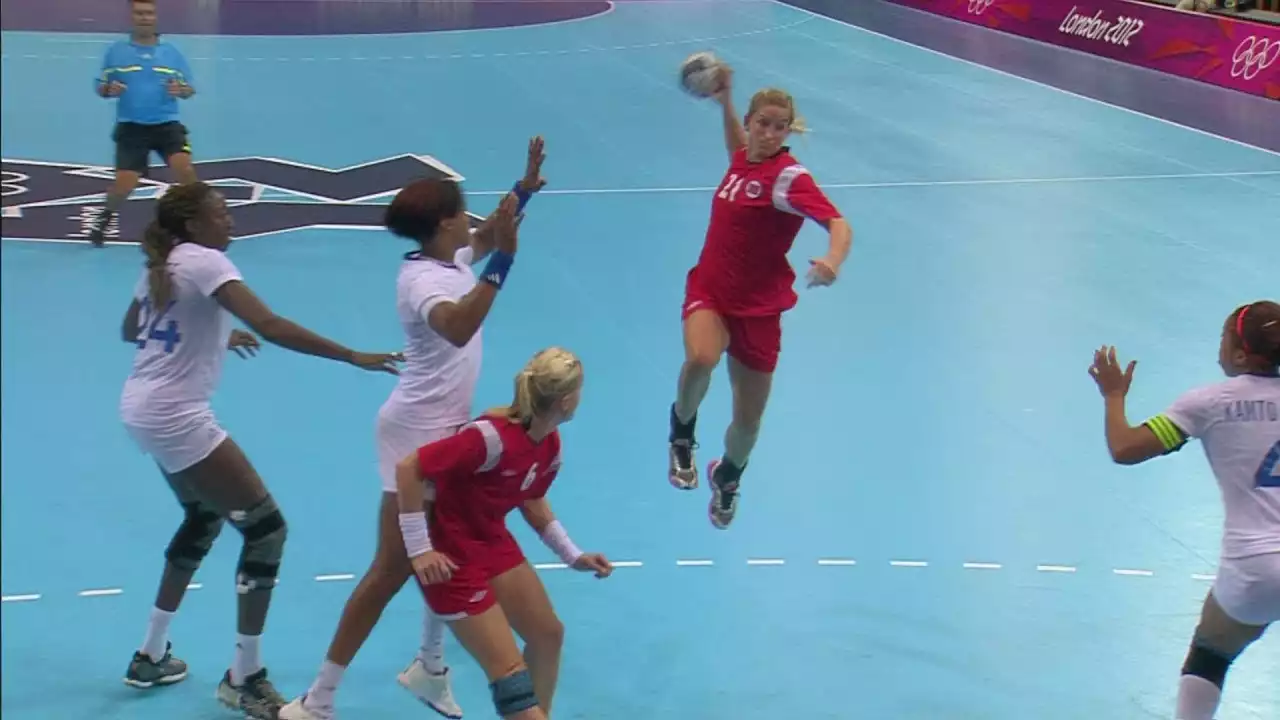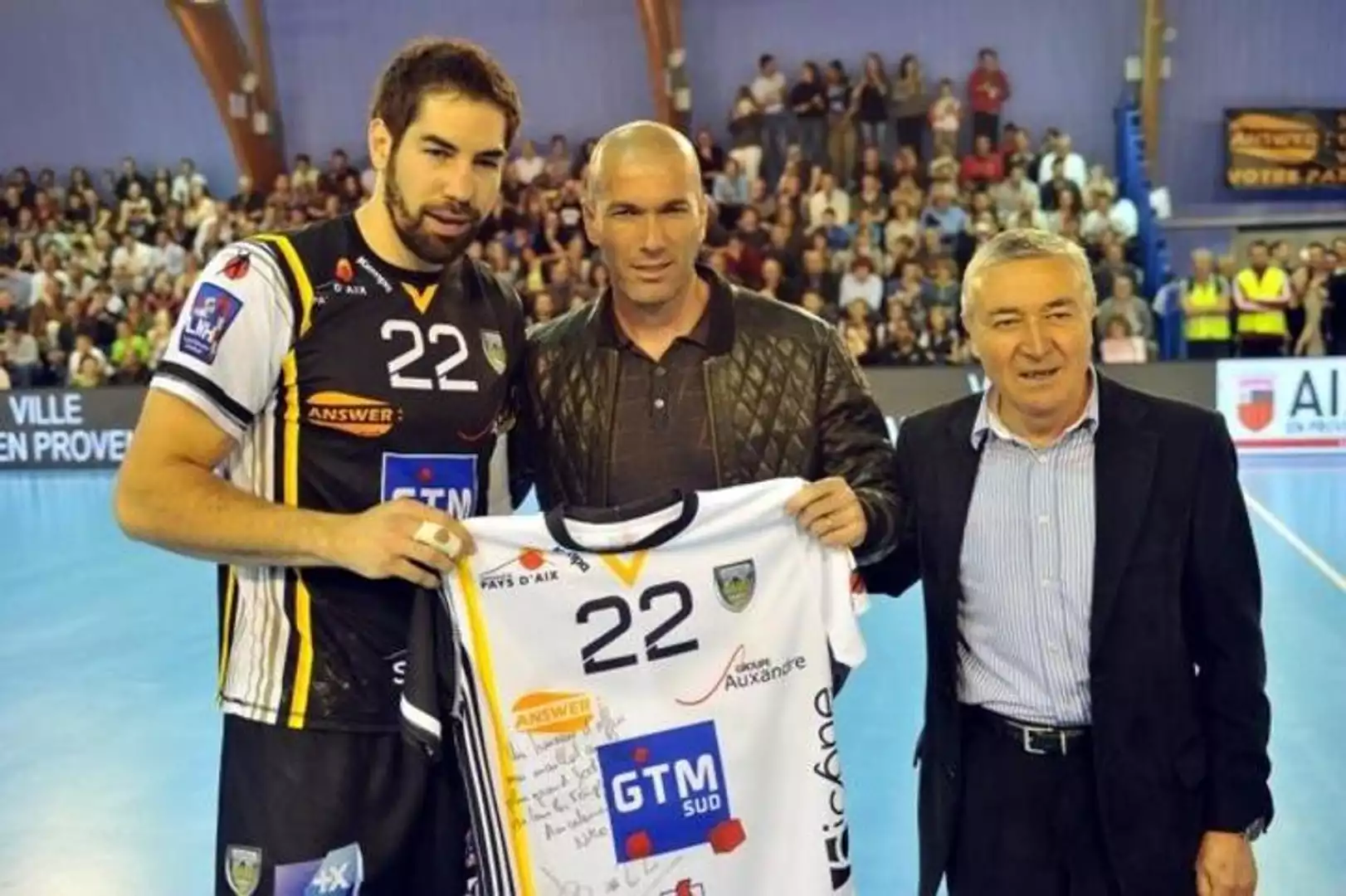History of Handball and its Top Teams
Handball, a sport that traces its roots back to ancient Greece and Rome, has evolved over the centuries into the thrilling game we know today. Originally played outdoors, handball has now found its home in modern sports arenas, captivating audiences with its fast-paced action and skillful plays. As the sport gained popularity, certain teams emerged as powerhouses, consistently demonstrating their dominance on the handball court.
One of the earliest handball powerhouses was Germany. The German national handball team, known for its technical prowess and disciplined play, has been a dominant force in the sport for decades. With a rich history of success, including multiple World Championships and Olympic gold medals, Germany has set the bar high for other teams aspiring to reach the top.
Another team that has made a significant impact on the handball world is France. The French national handball team has consistently showcased their talent and tactical brilliance, earning them a reputation as one of the most formidable teams in the sport. With a strong focus on teamwork and an ability to adapt to different playing styles, France has secured numerous international titles, cementing their status as a handball powerhouse.
Scandinavian countries, such as Denmark, Norway, and Sweden, have also produced some of the most successful handball teams in history. These nations, known for their physicality and technical skills, have consistently challenged the traditional powerhouses of handball, leaving a lasting impression on the sport. Denmark, in particular, has enjoyed tremendous success in recent years, winning major international tournaments and producing world-class players.
Criteria for Determining Handball Powerhouses
Determining handball powerhouses requires a careful analysis of various factors that contribute to a team's success. While winning titles and tournaments are important indicators, they are not the sole criteria for identifying a powerhouse. Other factors, such as consistency, team chemistry, and the ability to perform under pressure, also play a significant role.
Consistency is a key factor in distinguishing a true handball powerhouse. Teams that consistently perform well over an extended period demonstrate their ability to maintain a high level of play and adapt to different opponents and situations. Powerhouses are known for their ability to consistently challenge for titles, showcasing their dominance year after year.
Team chemistry is another vital aspect of a handball powerhouse. A team that possesses strong bonds and a collective understanding of each other's strengths and weaknesses is more likely to succeed. Effective communication, trust, and a shared vision are essential elements that contribute to a team's chemistry, allowing them to work together seamlessly on the court.
The ability to perform under pressure is a defining characteristic of a handball powerhouse. In high-stakes situations, when the game is on the line, powerhouses display mental toughness and composure, enabling them to make crucial plays and decisions. These teams thrive under pressure, using it as motivation to elevate their performance and secure victory.
Top Handball Teams in Europe
Europe is undoubtedly the epicenter of handball, boasting some of the most competitive leagues and teams in the world. Within this continent, several teams have established themselves as true powerhouses, dominating both domestic and international competitions.
One of the most successful handball clubs in Europe is FC Barcelona Handbol. Based in Spain, FC Barcelona has a storied history in the sport and has consistently been a dominant force in European handball. With a star-studded roster and a winning mentality, Barcelona has secured numerous domestic titles and European triumphs, solidifying their status as a European powerhouse.
Another team that has made its mark in European handball is THW Kiel from Germany. THW Kiel has a rich history of success, with multiple German championships and European titles to their name. Known for their strong defense and disciplined play, Kiel has consistently been a formidable opponent in both domestic and international competitions.
Paris Saint-Germain Handball, based in France, is another European powerhouse that has made significant strides in recent years. With a blend of French talent and international stars, Paris Saint-Germain has become a force to be reckoned with. They have enjoyed success both domestically and in European competitions, making their presence felt on the handball stage.
Handball Powerhouses from Other Continents
While Europe may dominate the handball landscape, there are also teams from other continents that have made their mark on the sport. South America, in particular, has produced some formidable handball powerhouses.
Argentina's national handball team is a force to be reckoned with in the handball world. With a strong emphasis on technical skills and agility, Argentina has consistently challenged the traditional powerhouses of handball. They have achieved notable success in international competitions, including podium finishes in Pan American Games and Pan American Championships.
Brazil, a country renowned for its success in various sports, has also emerged as a handball powerhouse. The Brazilian national handball team has enjoyed success on both the men's and women's side, with multiple Pan American titles and strong performances in World Championships and Olympic Games. Their quick pace and dynamic style of play have made them a formidable opponent for any team.
Achievements and Dominance of Handball Powerhouses
The achievements of handball powerhouses are a testament to their dominance in the sport. From World Championships to Olympic gold medals, these teams have consistently showcased their skill, determination, and ability to rise to the occasion.
Germany's national handball team stands out as one of the most successful teams in handball history. With multiple World Championships and Olympic gold medals to their name, Germany has firmly established themselves as a powerhouse in the sport. Their disciplined play, tactical brilliance, and strong team dynamics have been key to their success.
France's national handball team has also enjoyed tremendous success, achieving glory on both the domestic and international stages. They have won multiple European Championships and Olympic medals, solidifying their status as one of the most dominant teams in handball. The French team's ability to seamlessly blend individual talent with a cohesive team strategy has been instrumental in their achievements.
Denmark's rise to handball dominance in recent years cannot be overlooked. The Danish national handball team has been on a remarkable run, winning major international tournaments and consistently challenging the traditional powerhouses of the sport. Their technical proficiency, physicality, and tactical acumen have propelled them to the top of the handball world.
Key Players and Coaches of Handball Powerhouses
Behind every successful handball powerhouse are exceptional players and coaches who have played a crucial role in their team's achievements. These individuals possess exceptional skills, leadership qualities, and a deep understanding of the game.
One of the key players who has left an indelible mark on the sport is Nikola Karabatic. Hailing from France, Karabatic is widely regarded as one of the greatest handball players of all time. His versatility, athleticism, and uncanny ability to read the game have made him a vital asset to the French national team and his club teams.
Mikkel Hansen, a Danish handball player, is another standout talent who has made significant contributions to his team's success. Known for his powerful shots and exceptional playmaking ability, Hansen's impact on the game cannot be understated. His skill and leadership have propelled Denmark to new heights in international competitions.
On the coaching front, the influence of individuals like Alfred Gislason cannot be ignored. Gislason, a renowned handball coach from Iceland, has achieved remarkable success throughout his career. His tactical acumen, ability to motivate players, and attention to detail have guided teams to numerous titles and accolades.
Strategies and Tactics Used by Handball Powerhouses
Handball powerhouses rely on a combination of strategies and tactics to gain an edge over their opponents. These teams employ a variety of offensive and defensive techniques, adapting their style of play to exploit weaknesses and maximize their strengths.
One common strategy employed by handball powerhouses is a strong focus on defense. A well-organized and disciplined defense can disrupt the opponent's attack, forcing turnovers and creating scoring opportunities. Powerhouses prioritize defensive stability, often employing aggressive pressing and zone defenses to stifle their opponents.
In terms of offensive strategies, fast breaks and quick transitions are commonly used by handball powerhouses. These teams excel at capitalizing on turnovers and swiftly transitioning from defense to attack, catching their opponents off guard. The ability to maintain a high tempo and execute fast and accurate passes is crucial to the success of this strategy.
Set plays and tactical variations also play a significant role in the game plans of handball powerhouses. These teams carefully analyze their opponents' weaknesses and devise strategies to exploit them. Whether it's through intricate passing patterns or utilizing specific players' strengths, powerhouses excel at creating scoring opportunities through well-executed set plays.
Challenges Faced by Handball Powerhouses
Despite their dominance, handball powerhouses face their fair share of challenges. Maintaining a high level of performance consistently can be demanding, and complacency is always a threat. Additionally, the rise of new teams and the increasing competitiveness of the sport present fresh challenges for these powerhouses.
One challenge that powerhouses often encounter is the pressure to live up to expectations. Fans, media, and even the players themselves have high expectations for these teams, constantly expecting victories and titles. The burden of maintaining a winning streak and successfully defending their status as powerhouses can be mentally and physically draining.
Injuries to key players can also pose significant challenges for handball powerhouses. Losing a star player to injury can disrupt team chemistry and force the coaching staff to rethink their strategies. Powerhouses must have the depth and resilience to overcome such setbacks and continue performing at a high level.
The emergence of new teams and the improvement of existing ones adds another layer of challenge for handball powerhouses. These teams constantly push the boundaries of the sport, introducing new tactics, and raising the overall level of competition. Powerhouses must continuously evolve and adapt to stay ahead of the game.








